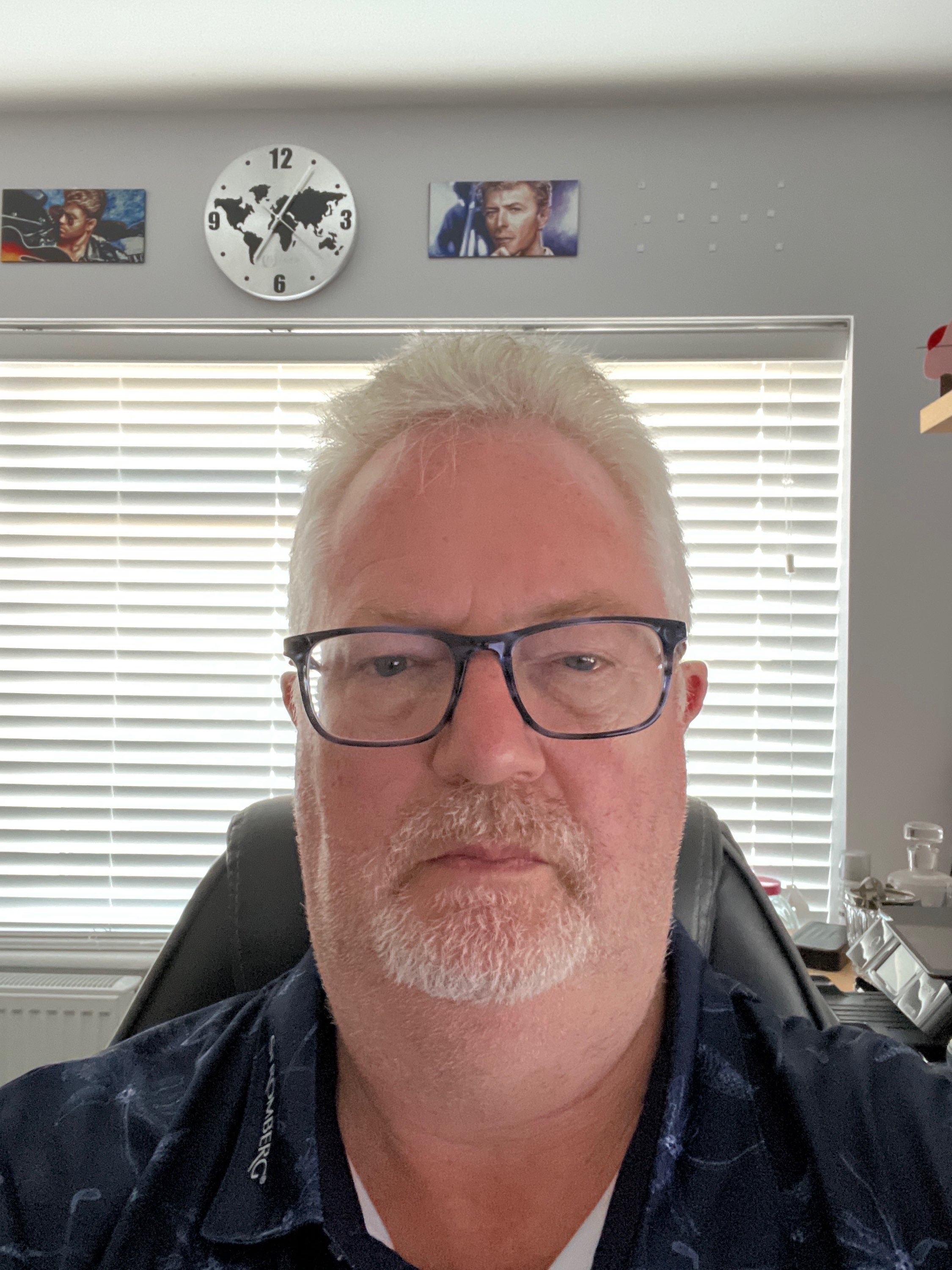Better Satellite World video demonstrates how satellite and IT supported energy industry
- Satellite Evolution

- Mar 4, 2022
- 2 min read
Space & Satellite Professionals International (SSPI) has released Powering Through the Pandemic, a new Better Satellite World video. It tells the story of how the oil and gas industry responded to plunging prices during the first years of the pandemic by doubling down on IT and the satellite links that connect offshore platforms and isolated wellheads to office operations. Powering Through the Pandemic is made possible by funding from ITC Global.
“We might all like to wave a magic wand and remove hydrocarbons from our energy supply tomorrow,” said executive director Robert Bell. “But the truth is that the transition to zero emission energy production will fail if energy markets are disrupted too much by price shocks and shortages. The satellite industry has a critical role to play in helping producers maintain adequate supplies more efficiently and flexibly while investment in alternative energy races to meet our needs.”
Despite global investments in alternative energy, the world still depends on fossil fuels for 80% of its energy needs. The companies that make their living supplying those needs were hit hard as profit turned to massive loss. They cut jobs and budgets. But they also needed to keep producing – and find cheaper and better ways to do it.
Today, an industry that began with picks and shovels in the 1800s is all about data. It comes from seismic studies, from sensors down the well and in every part of the operation. To carry their data, oil and gas companies turn to satellite – because they operate in remote regions and offshore, where they have to bring their communications with them. They get satellite services from companies like ITC Global – but in the COVID downturn, they needed much more than a satellite link. They needed to bring new technology to their rigs for remote monitoring, predictive maintenance and troubleshooting. More technology meant much more data flowing through the network to deliver real-time insights into production. And it all had to get done with fewer people and tighter budgets.


Comments